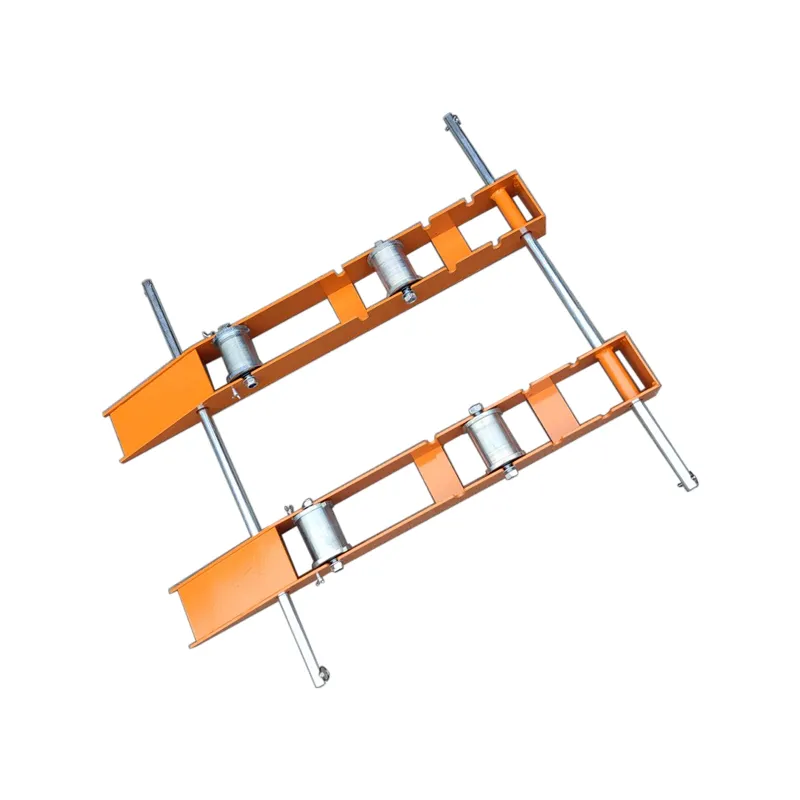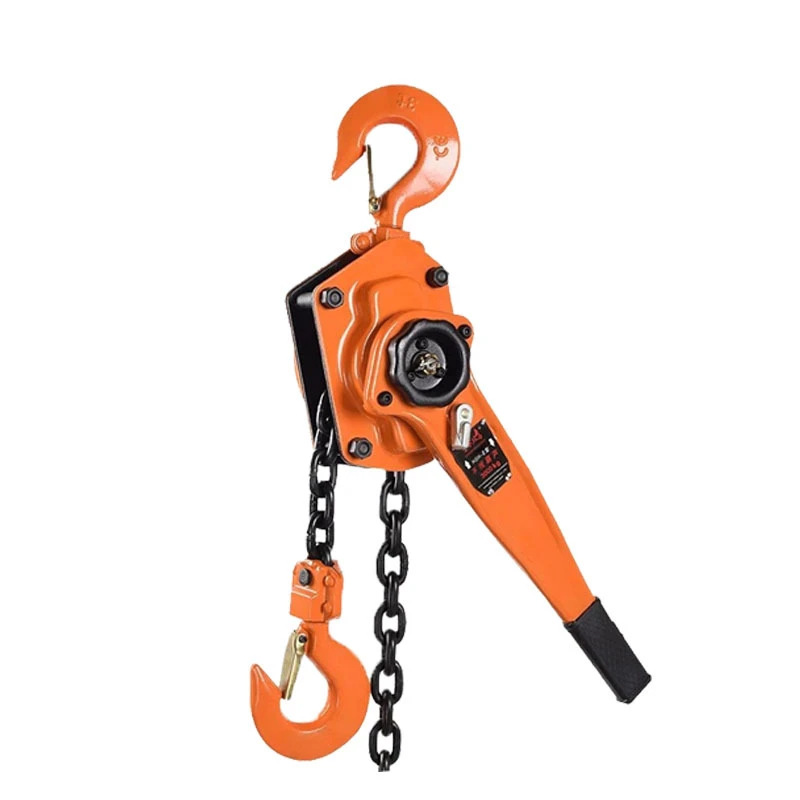
-
 Afrikaans
Afrikaans -
 Albanian
Albanian -
 Amharic
Amharic -
 Arabic
Arabic -
 Armenian
Armenian -
 Azerbaijani
Azerbaijani -
 Basque
Basque -
 Belarusian
Belarusian -
 Bengali
Bengali -
 Bosnian
Bosnian -
 Bulgarian
Bulgarian -
 Catalan
Catalan -
 Cebuano
Cebuano -
 Corsican
Corsican -
 Croatian
Croatian -
 Czech
Czech -
 Danish
Danish -
 Dutch
Dutch -
 English
English -
 Esperanto
Esperanto -
 Estonian
Estonian -
 Finnish
Finnish -
 French
French -
 Frisian
Frisian -
 Galician
Galician -
 Georgian
Georgian -
 German
German -
 Greek
Greek -
 Gujarati
Gujarati -
 Haitian Creole
Haitian Creole -
 hausa
hausa -
 hawaiian
hawaiian -
 Hebrew
Hebrew -
 Hindi
Hindi -
 Miao
Miao -
 Hungarian
Hungarian -
 Icelandic
Icelandic -
 igbo
igbo -
 Indonesian
Indonesian -
 irish
irish -
 Italian
Italian -
 Japanese
Japanese -
 Javanese
Javanese -
 Kannada
Kannada -
 kazakh
kazakh -
 Khmer
Khmer -
 Rwandese
Rwandese -
 Korean
Korean -
 Kurdish
Kurdish -
 Kyrgyz
Kyrgyz -
 Lao
Lao -
 Latin
Latin -
 Latvian
Latvian -
 Lithuanian
Lithuanian -
 Luxembourgish
Luxembourgish -
 Macedonian
Macedonian -
 Malgashi
Malgashi -
 Malay
Malay -
 Malayalam
Malayalam -
 Maltese
Maltese -
 Maori
Maori -
 Marathi
Marathi -
 Mongolian
Mongolian -
 Myanmar
Myanmar -
 Nepali
Nepali -
 Norwegian
Norwegian -
 Norwegian
Norwegian -
 Occitan
Occitan -
 Pashto
Pashto -
 Persian
Persian -
 Polish
Polish -
 Portuguese
Portuguese -
 Punjabi
Punjabi -
 Romanian
Romanian -
 Russian
Russian -
 Samoan
Samoan -
 Scottish Gaelic
Scottish Gaelic -
 Serbian
Serbian -
 Sesotho
Sesotho -
 Shona
Shona -
 Sindhi
Sindhi -
 Sinhala
Sinhala -
 Slovak
Slovak -
 Slovenian
Slovenian -
 Somali
Somali -
 Spanish
Spanish -
 Sundanese
Sundanese -
 Swahili
Swahili -
 Swedish
Swedish -
 Tagalog
Tagalog -
 Tajik
Tajik -
 Tamil
Tamil -
 Tatar
Tatar -
 Telugu
Telugu -
 Thai
Thai -
 Turkish
Turkish -
 Turkmen
Turkmen -
 Ukrainian
Ukrainian -
 Urdu
Urdu -
 Uighur
Uighur -
 Uzbek
Uzbek -
 Vietnamese
Vietnamese -
 Welsh
Welsh -
 Bantu
Bantu -
 Yiddish
Yiddish -
 Yoruba
Yoruba -
 Zulu
Zulu


TEL:
0086-311-88862036
Feb . 20, 2025 06:50 Back to list
duct rod
Electric ground rods are an essential component in electrical systems, ensuring safety and stability. These rods play a critical role in directing electrical currents safely into the earth, helping prevent electrical shock, system failures, and even fires. Understanding their importance, installation, and maintenance can improve both residential and commercial electrical systems significantly.
Regular maintenance and inspection of the ground rod are essential to ensure its continued efficacy. Over time, soil conditions and environmental factors may affect the rod's performance. Periodic testing using ground resistance meters can help detect any issues early on, allowing for timely interventions. Ensuring that the connections remain tight and free from corrosion is also vital to maintain a robust grounding system. The authoritative nature of grounding rods extends into regulatory compliance. Many countries and regions have specific standards and codes governing the installation and maintenance of grounding systems. Adhering to these regulations not only ensures safety but also enhances the reliability and performance of the electrical system. Engaging with certified professionals for installation and inspection services is recommended to meet these standards and leverage their expertise. In addition to safety and compliance, electric ground rods contribute to the overall efficiency of electrical systems. By stabilizing voltage levels and reducing noise, they help enhance the performance of sensitive electronic devices. This is particularly crucial in commercial settings where the continuity of operations is paramount. An effective grounding system, therefore, not only protects but also optimizes the performance of electrical infrastructure. In summary, electric ground rods are a foundational element in safeguarding electrical systems. Their proper selection, installation, and maintenance are crucial to ensure safety, regulatory compliance, and optimal performance. Investing in high-quality materials, consulting with industry experts, and adhering to established guidelines can significantly enhance the effectiveness and longevity of grounding systems. This level of attention to detail and expertise assures that systems are protected against unforeseen electrical disturbances, enhancing trustworthiness and reliability.


Regular maintenance and inspection of the ground rod are essential to ensure its continued efficacy. Over time, soil conditions and environmental factors may affect the rod's performance. Periodic testing using ground resistance meters can help detect any issues early on, allowing for timely interventions. Ensuring that the connections remain tight and free from corrosion is also vital to maintain a robust grounding system. The authoritative nature of grounding rods extends into regulatory compliance. Many countries and regions have specific standards and codes governing the installation and maintenance of grounding systems. Adhering to these regulations not only ensures safety but also enhances the reliability and performance of the electrical system. Engaging with certified professionals for installation and inspection services is recommended to meet these standards and leverage their expertise. In addition to safety and compliance, electric ground rods contribute to the overall efficiency of electrical systems. By stabilizing voltage levels and reducing noise, they help enhance the performance of sensitive electronic devices. This is particularly crucial in commercial settings where the continuity of operations is paramount. An effective grounding system, therefore, not only protects but also optimizes the performance of electrical infrastructure. In summary, electric ground rods are a foundational element in safeguarding electrical systems. Their proper selection, installation, and maintenance are crucial to ensure safety, regulatory compliance, and optimal performance. Investing in high-quality materials, consulting with industry experts, and adhering to established guidelines can significantly enhance the effectiveness and longevity of grounding systems. This level of attention to detail and expertise assures that systems are protected against unforeseen electrical disturbances, enhancing trustworthiness and reliability.
Next:
Latest news
What Are Construction Tools and How Are They Used?
NewsJul.11,2025
Professional-Grade Duct Rodding Tools for Superior Cable Installation
NewsJul.11,2025
Enhancing Safety and Efficiency with Modern Hot Stick Solutions
NewsJul.11,2025
Empowering Cable Installation with Advanced Rodder Solutions
NewsJul.11,2025
Elevate Your Cable Installation Projects with Cable Pulling Tools
NewsJul.11,2025
Efficient Cable Handling Solutions: Cable Rollers for Sale
NewsJul.11,2025
Copyright © 2025 Shijiazhuang Bilo Import and Export Trading Co., Ltd. All Rights Reserved. Sitemap | Privacy Policy

BlLo lmport & Éxport is specialized in power and cable equipment andconsiruction tools,Qur main producis are FRP
duct rodder, cable rollerscable pulling winch, cable drum jack, cable pulling sock, etc.
Copyright © 2025 Shijiazhuang Bilo Import and Export Trading Co., Ltd. All Rights Reserved. Sitemap | Privacy Policy










